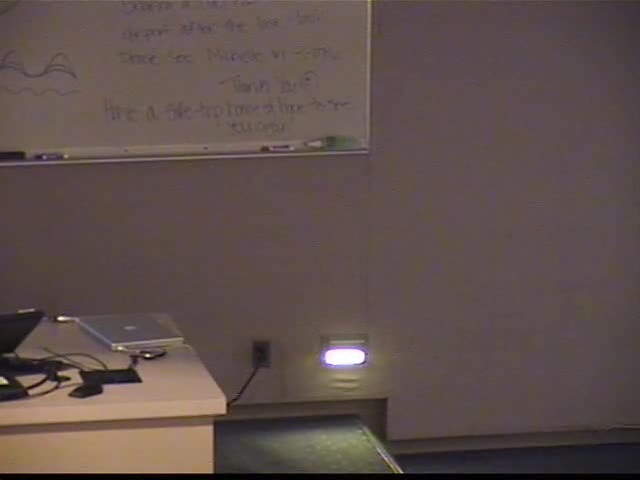Abstract
A body immersed in a highly viscous fluid can locomote by drawing in and expelling fluid through pores at its surface. We consider this mechanism of jet propulsion without inertia in the case of spheroidal bodies, and derive both the swimming velocity and the hydrodynamic efficiency. Elementary examples are presented, and exact axisymmetric solutions for spherical, prolate spheroidal, and oblate spheroidal body shapes are provided. In each case, entirely and partially porous (i.e. jetting) surfaces are considered, and the optimal jetting flow profiles at the surface for maximizing the hydrodynamic efficiency are determined computationally. The maximal efficiency which may be achieved by a sphere using such jet propulsion is 12.5%, a significant improvement upon traditional flagella-based means of locomotion at zero Reynolds number. Unlike other swimming mechanisms which rely on the presentation of a small cross section in the direction of motion, the efficiency of a jetting body at low Reynolds number increases as the body becomes more oblate, and limits to approximately 162% in the case of a flat plate swimming along its axis of symmetry. Our results are discussed in the light of slime extrusion mechanisms occurring in many cyanobacteria.
(Joint work with E. Lauga)
